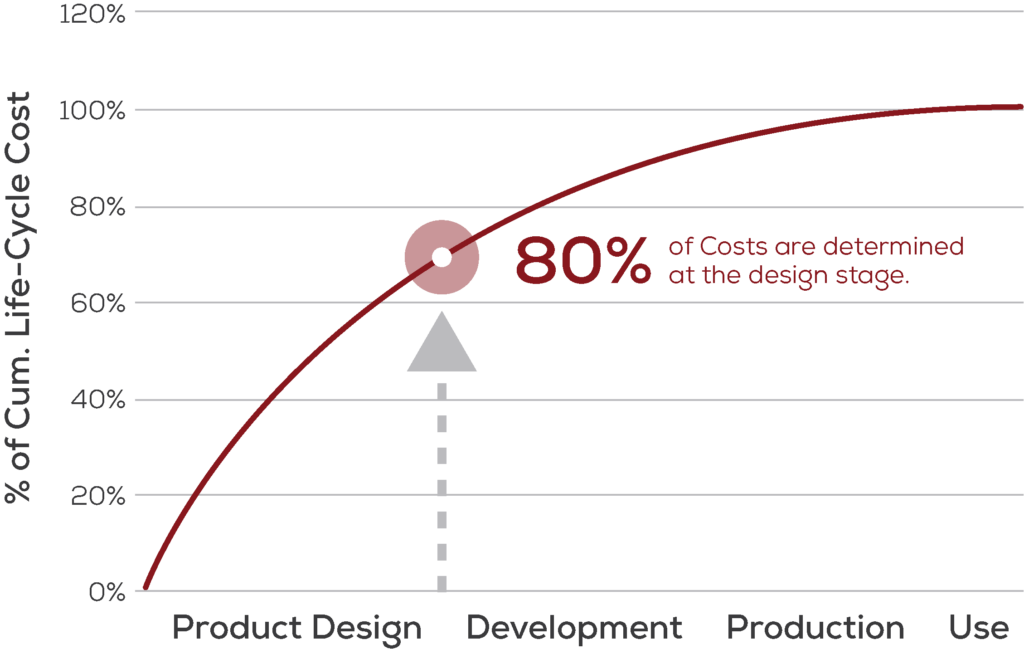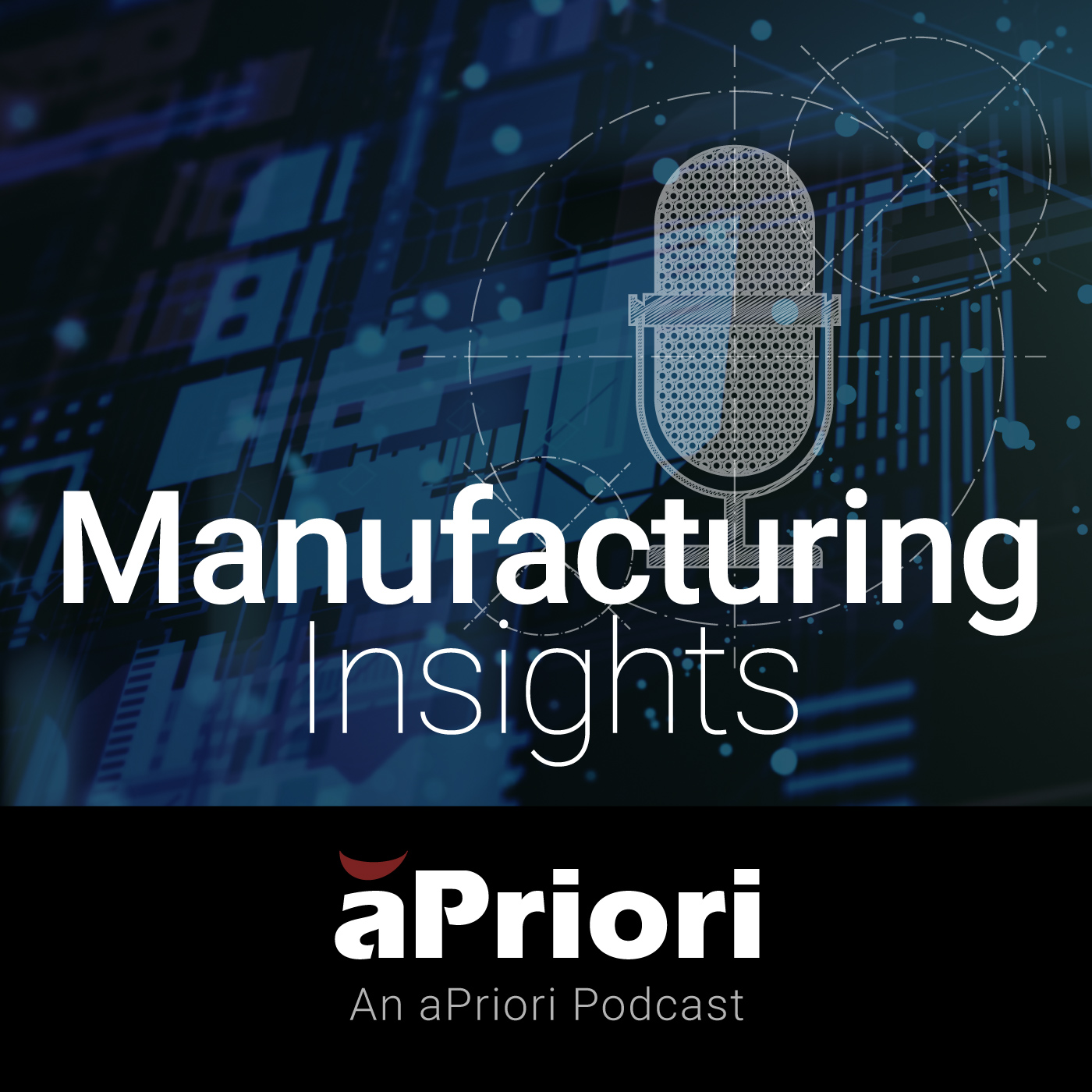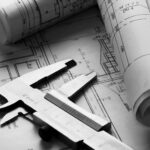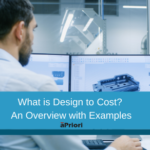
How Can Manufacturing Companies Control Costs?
From procurement professionals looking to optimize their supply chain, to product makers looking to improve profitability, this question is more pressing than ever. International competition and rapidly evolving supply chain management practices are creating a more competitive market for manufacturers than ever before.
In this article, we provide a concise answer to this question while providing an overview of key concepts like lean manufacturing, Design to Cost, and the essential role of technology tools in manufacturing cost reduction.
In short, manufacturers need to pursue precise awareness of a product’s cost structure and integrate that awareness with their design practices to push costs to their optimal limit relative to customer demand and needs.
Key Avenues for Manufacturing Cost Reduction
The first step to a more systematic approach to cost management is generating an actionable assessment of cost structure across different components.
A spend analysis is a great starting point. In this exercise, a manufacturer analyzes components used in production, seeking to narrow the focus to items for which there is an opportunity to either renegotiate and save money or redesign the part or component to reduce cost while preserving form, fit, and function. We lead you through conducting a spend analysis in our blog.
With that analysis in place, cost-reduction initiatives can be prioritized for the components that are costing a manufacturer the most. The end goal is tying each element of cost to an underlying business or engineering decision (anything from where a factory is located, to how supplier contracts are negotiated, to how a product is packaged, to how it’s manufactured).
We highlight some prototypical vectors for cost savings below. Identifying these high-level categories, however, only sets up the analytical problem at the heart of manufacturing cost reduction: identifying cost reduction opportunities while they can still be acted on by decision-makers.
- Lower Labor Costs: labor costs can be reduced in many ways. For example, by employing a less labor-intensive design, allocating a single employee to multiple machines in a work cell, or relocating manufacturing to a region or facility with lower labor costs. Design choices have myriad implications for labor costs—a single part requiring manual welding, for instance, may dramatically increase costs if it requires an otherwise unnecessary skilled worker.
- Higher Worker Productivity: careful hiring practices, a dedication to training and professional development, and smart incentives for finding process efficiencies all have a key role to play.
- Reduced Material Costs: materials play a multi-faceted role in cost reduction. In addition to adding cost, materials drive manufacturability requirements, transport costs from additional weight, and labor/equipment costs if unique production processes are required.
- Supplier Negotiation: a large part of the cost structure can be driven by external costs that a manufacturer does not have direct control over. But smart negotiation tactics can help encourage suppliers to reduce costs. You can read more about why the right product cost management platform is the key to getting the best price in our blog.
- Supply Chain Optimization: in addition to negotiations, supply chain variables like facilities costs, transportation, tariffs, and exchange rate differentials all go into determining the final cost.
- Energy Savings: energy costs can vary from facility to facility, and different processes will exhibit different levels of energy usage.
- Secondary/Scrap Markets: selling leftover materials, byproducts, or even waste for potential reuse such as regrind allowance can help eke out more profit margin for a product.
- Lean Manufacturing Practices: Originating in the late part of the 20th century with Toyota’s production processes in Japan, the lean manufacturing methodology centers on the elimination of waste—cost that doesn’t drive value—from every stage of the manufacturing process. Wastefulness and general process inefficiencies are referred to as “muda” by Japanese organizations. We outline this concept in a bit more detail below.
Elements of Lean Production and Manufacturing
Different business theorists have put a different spin on lean manufacturing, but its basic insights center on an organizational commitment to eliminating waste. The diverse sources of waste, outlined below, are helpful for conceptualizing how different potential cost drivers are connected by a complex web of design and business decisions.
- Overproduction: producing too much of a good (or producing a good ahead of the timeline) can result in a lower final sale price as bloated inventories are marked down, reducing the manufacturing profit margin.
- Excess Inventory: meanwhile, this overproduced product introduces additional storage costs, further driving up cost.
- Unnecessary Transportation: transportation isn’t necessarily wasteful, as moving a product is part of the value chain reflected by its final price. But a product should never be moved unnecessarily. For instance, machining a part at one facility and assembling it at another may be cheaper on a marginal basis, but only worth increased transport costs past some quantifiable total production volume.
- Correction: errors are a natural part of manufacturing but need to be analyzed carefully—a cheaper process can drive excess cost if it results in more errors (which either require correction or result in an unsalable product). Defect rates need to be analyzed in concert with direct process costs at every stage.
- Motion: any wasted motion or unnecessary manufacturing process can drive excess cost.
- Waiting Time: idle workers, machines, and capital all represent direct waste for a manufacturer.
How Manufacturing Cost Reduction Introduces a Complex Analytical Problem
Lean manufacturing provides a useful framework for laying out potentially wasteful business practices, but it only provides a high-level conceptual starting point for manufacturers. Consider how interrelated these factors can be—a meaningful shift to virtually any of these factors is likely to drive changes in several others.
Identifying cost drivers is an essential first step to reducing cost. But there’s one more angle to this business problem: many wasteful or inefficient elements of the manufacturing process can’t be changed once a design is finalized.

Ultimately, once a product’s design is set, there’s only so much an organization can do to alter that product’s cost structure. Research suggests that around 80% of the final cost is locked in at the design stage (see image 1 above). Post-design delivery optimization and supplier negotiation can help, but eventually, these savings opportunities will be exhausted—and value engineering becomes necessary to further reduce costs.
Fortunately, today’s manufacturers have access to the methodology and technology needed to pursue a robust cost-reduction strategy at the design stage. This approach, called Design to Cost, is instrumental to optimal cost management today.
The Relationship Between Design to Cost and Manufacturing Cost Reduction
Bringing detailed cost management analytics into the design process is no easy feat. A design engineer is already considering a complex set of variables related to form, fit, and function as she considers design alternatives. Adding a robust analysis of cost to the mix complicates her task further still.
As we’ve seen above, this analysis effectively requires considering how every design feature affects a complex network of interrelated factors that can range from labor costs in a Chinese factory to cooling requirements for different grades of plastic.
Design to Cost is a methodology for tying cost drivers directly to the design decisions where they originate. Pursuing this strategy means investing in technology to bring true cost visibility to the design stage. That means simulated, automation-driven costing capable of providing meaningful comparisons of design alternatives’ myriad impacts on cost structure.
You can read about Design to Cost in more depth in our article. There, we discuss how the right technology tools are essential for supporting this sort of design-level costing model.
While organizations have traditionally generated vague estimates of cost by comparing to past projects or adding up materials costs in Excel, modern manufacturing cost estimation software goes much further. aPriori, for instance, works directly with 3D CAD models to analyze everything from component tolerances to labor costs.
Powerful cost estimation software like aPriori doesn’t just provide more accurate estimates, but a mechanism for educated design changes and alternatives in the design process.
Manufacturing Insights Podcast
Learn from today’s leading experts in design, sourcing, cost engineering, and executive management how they get the insights they need to decide how to make it and where to make it.





